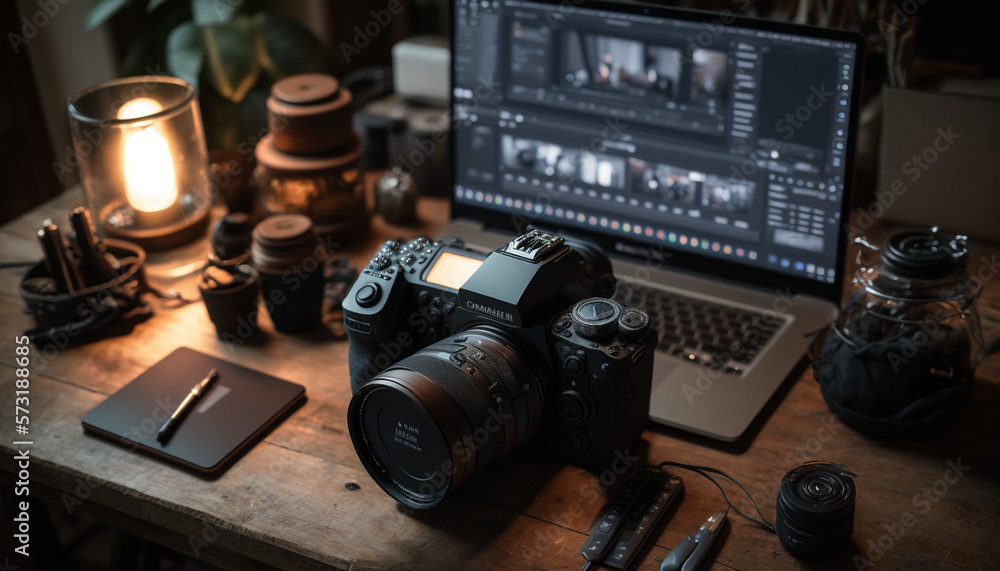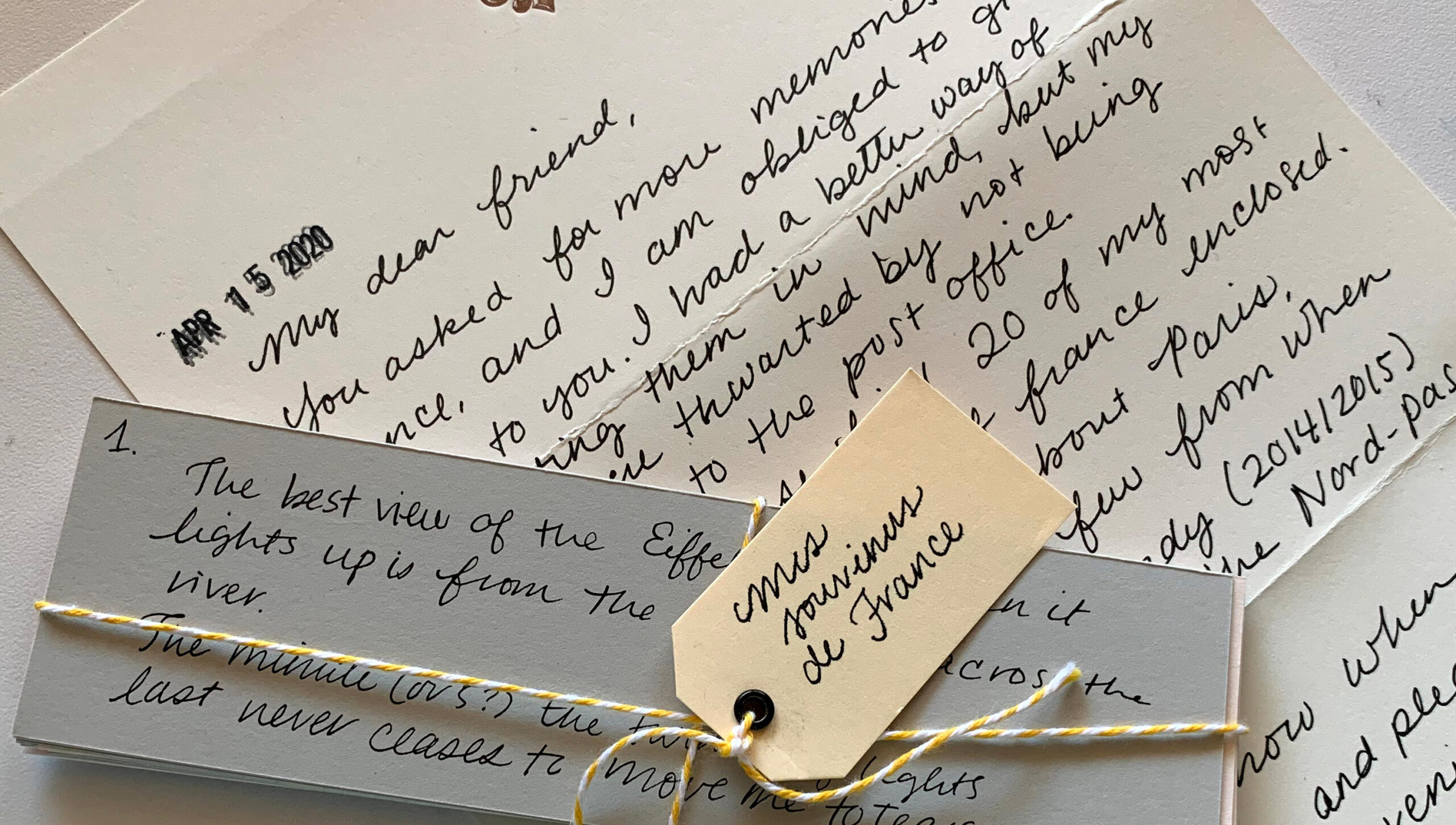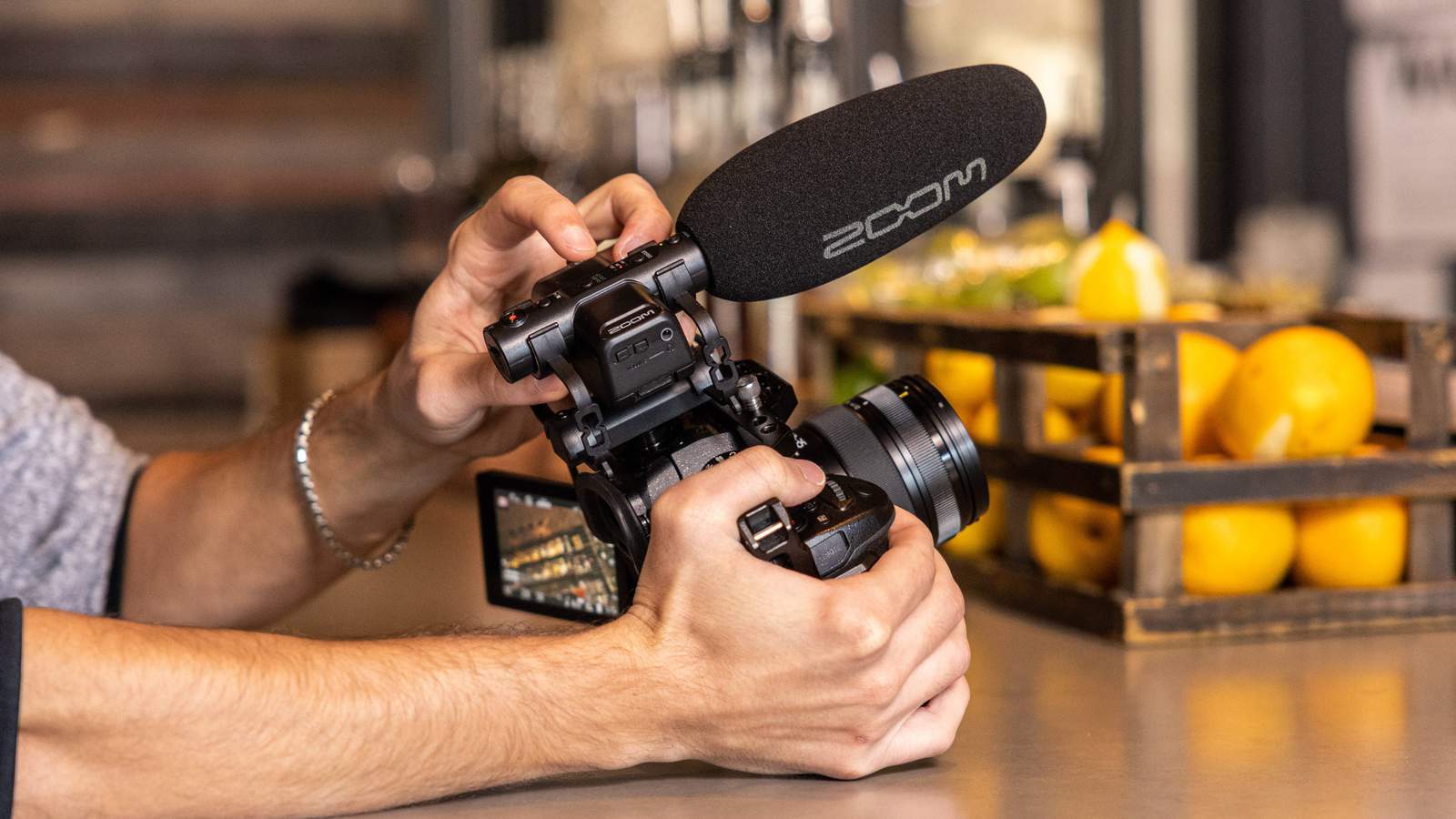Get in Touch
Feel free to drop us a line below
Contact Info
156 E 900 S Suite 104, Salt Lake City, UT 84111
385-224-5617
admin@divinitus.org

In the realm of family history preservation, the visual element often takes center stage. However, the power of audio in capturing the essence of family memories cannot be overstated. The nuances of a grandmother’s laughter, the timbre of a father’s voice, or the animated discussions during family gatherings are irreplaceable treasures that deserve to be preserved alongside visual memories. In this blog post, we’ll explore the art of capturing meaningful family conversations in your videos, ensuring that the voices of your loved ones become an integral part of your family’s legacy.
The first step in capturing meaningful family conversations is setting up an environment conducive to open, relaxed dialogue. The setting can significantly impact the quality and depth of the stories shared.
How to do it:
– Choose a comfortable, quiet location familiar to your family members
– Ensure good lighting that doesn’t interfere with natural expressions
– Minimize background noise and distractions
– Arrange seating to encourage eye contact and natural interaction
– Consider using soft furnishings to improve room acoustics
Example:
Set up your recording area in the family living room, where your relatives feel at ease. Arrange comfortable chairs in a semi-circle, allowing everyone to see each other easily. Place sound-absorbing materials like cushions or blankets around the room to reduce echo. Ensure that any ticking clocks or noisy appliances are moved or turned off to maintain clear audio.
While many modern cameras have built-in microphones, investing in dedicated audio equipment can significantly enhance the quality of your recordings, ensuring that every word is captured clearly.
How to do it:
– Research and invest in a good-quality external microphone
– Consider using lavalier (clip-on) mics for individual speakers
– Use a shotgun microphone for group conversations
– Employ a digital audio recorder as a backup
– Test your equipment before the actual recording session
Example:
For a one-on-one interview with your grandfather, use a lavalier microphone clipped to his shirt. This allows him to move naturally without worrying about staying close to a stationary mic. For a family dinner conversation, position a shotgun microphone above the table, angled down to capture everyone’s voices clearly.

To elicit meaningful conversations, it’s crucial to prepare a list of questions and prompts that encourage storytelling and reflection. The right questions can unlock memories and insights that might otherwise remain unshared.
How to do it:
– Research your family history to identify interesting topics or events
– Prepare open-ended questions that encourage detailed responses
– Include prompts about sensory memories (sights, sounds, smells)
– Create a flexible outline of topics to cover
– Be prepared to follow up on unexpected but interesting tangents
Example:
Instead of asking, “What was your childhood like?” try more specific questions like, “Can you describe a typical Sunday afternoon in your family when you were growing up?” or “What’s the earliest family celebration you can remember, and what made it special?”
As the interviewer or conversation facilitator, your role is crucial in drawing out meaningful stories. Active listening encourages more in-depth sharing and creates a comfortable atmosphere for storytelling.
How to do it:
– Maintain eye contact and show genuine interest
– Use non-verbal cues like nodding to encourage continued sharing
– Allow for moments of silence, giving speakers time to reflect
– Ask follow-up questions based on the information shared
– Avoid interrupting or redirecting too quickly
Example:
When your aunt pauses while recounting a childhood memory, resist the urge to immediately ask another question. Instead, maintain an attentive posture and wait. This pause often encourages the speaker to delve deeper into their thoughts, potentially revealing more meaningful details.

While planned interviews are valuable, some of the most genuine and heartfelt conversations happen spontaneously. Being prepared to capture these moments can add authenticity to your family history project.
How to do it:
– Keep portab4. Mastering the Art of Active Listeningle recording equipment easily accessible
– Inform family members about your project to gain their cooperation
– Learn to operate your equipment quickly and discreetly
– Be mindful of privacy and always ask for permission before recording
– Look for opportunities during family gatherings or events
Example:
During a family reunion picnic, you notice your cousins reminiscing about summers at your grandparents’ farm. Quietly set up your digital recorder or smartphone with an external mic nearby, asking if it’s okay to capture their conversation for the family history project.
One of the richest aspects of family storytelling is the ability to capture different generational perspectives on shared experiences or family lore.
How to do it:
– Organize group conversations with members from different generations
– Prepare questions that highlight generational differences and similarities
– Encourage respectful debate and discussion of varying viewpoints
– Capture individual reflections after group discussions
Example:
Gather your grandmother, your father, and your teenage son to discuss how technology has changed family communication over the years. Allow each to share their experiences and perspectives, from handwritten letters to social media interactions.

For families with diverse linguistic backgrounds, capturing conversations in heritage languages can be a powerful way to preserve cultural identity for future generations.
How to do it:
– Encourage family members to speak in their native languages
– If possible, record the same story in multiple languages
– Include translations or subtitles in your final video
– Capture explanations of unique idioms or expressions
Example:
Record your Italian grandmother telling a family story in her native tongue. Then, have her or another family member provide an English translation. In the final video, present both versions, with subtitles for the Italian section.
When recording family conversations, it’s crucial to be mindful of ethical considerations and to obtain proper consent from all participants.
How to do it:
– Clearly explain the purpose and potential uses of the recordings
– Obtain verbal or written consent before beginning any recording
– Respect requests for privacy or off-the-record comments
– Offer participants the opportunity to review and approve content before finalizing
– Establish guidelines for sharing or publishing the recorded material
Example:
Before starting a recording session, explain to your family members that you’re creating a video archive for future generations. Assure them that they can ask for certain parts not to be included in the final version, and get their verbal consent on camera.
Even with the best preparation, some audio issues may arise. Post-production techniques can help enhance the quality of your recordings.
How to do it:
– Use audio editing software to clean up background noise
– Adjust volume levels to ensure all speakers are clearly audible
– Add subtle background music to enhance mood (but never overpower voices)
– Consider creating transcripts for accessibility and preservation
Example:
After recording a family dinner conversation, you notice the clattering of dishes is distracting. Use noise reduction tools in your editing software to minimize this background noise, allowing the voices to come through more clearly.

Capturing meaningful family conversations is an art that combines technical skill with emotional intelligence. By creating the right environment, using appropriate equipment, asking thoughtful questions, and being an active listener, you can preserve the voices and stories that form the soundtrack of your family’s history.
Remember, the goal isn’t just to record words, but to capture the essence of your family’s experiences, wisdom, and bonds. These audio treasures, when combined with visual elements, create a rich, multi-sensory family history that future generations can explore and connect with on a deep, personal level.
As you embark on this journey of preserving your family’s oral history, approach each conversation with curiosity and respect. Every voice, every story, and every shared memory is a thread in the tapestry of your family’s legacy. By dedicating time and effort to capturing these conversations, you’re not just preserving the past; you’re creating a living, breathing archive that will allow future generations to hear, understand, and connect with their roots.
In a world where digital communication often lacks the warmth of human voice and expression, your efforts to record family conversations become even more valuable. These audio archives will stand as testament to the power of human connection, the importance of shared stories, and the enduring strength of family bonds across time.
Location, Location, Location: Choosing the Perfect Settings for Family Video Projects Introduction The setting of your family video project can be as important as the content itself. The right location can enhance your story, evoke emotions, and provide a...
Tech Talk: Essential Video Editing Software for Family Historians Introduction In the digital age, preserving family history has evolved beyond photo albums and written records. Video has become a powerful medium for storytelling, allowing family historians to create...
Silent Stories: Capturing Non-Verbal Family Moments on Video Introduction In the realm of family videography, we often find ourselves chasing the perfect sound bite or infectious laughter. However, some of the most profound family moments unfold in silence,...
Integrating Family History and Videography: Preserving Legacies Through Film Integrating family history and videography creates a powerful way to preserve and share your family's legacy. By combining personal narratives with visual storytelling, you not only...
Leave a comment.
0 Comments